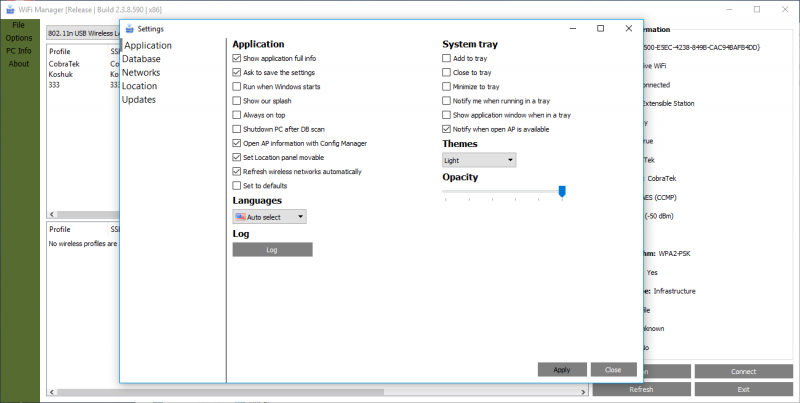


Most of these will cost less than $5/£5 per month, with some less than $3/£3. But below you will find the top VPN services for Mac. Our current favourite service is Surfshark, which is a well-priced all-rounder, we also love NordVPN. Only (reviewed below) supports Split Tunnelling on new versions of macOS and the M-series Macs. However recent versions of macOS and the M1 and M2 Macs generally do not support this feature. One feature of VPNs is the ability to use Split Tunnelling to choose which apps go via a VPN and which don’t. So you can’t watch geographically locked Netflix content, for example. However, iCloud Private Relay does not allow you to choose an IP address or a region, and you won’t be able to make it look like you’re coming from another location. You may therefore be thinking that this means you don’t need a VPN to hide your location and identity. If you are a subscriber to iCloud, and only use Safari, then iCloud Private Relay will provide you with some anonymity when you are surfing the web. Read more here: iCloud+ Private Relay explained. ICloud Private Relay has some disadvantages: it only works when you are using Safari, you have to be a subscriber to iCloud, and you can’t use it to pretend to be surfing from another country in order to access content that is locked to a particular region. iCloud Private Relay solves part of the problem that Mac users have used VPNs for in the past–it mean that companies cannot build a clear picture of you on the web, thereby protecting your privacy. iCloud Private Relay acts a bit like a VPN because it encrypts your web-browsing traffic and sends it through a relay to hide your location, IP, and any information about what you were browsing. Do Mac users even need a VPN? Since Apple introduced iOS 15 and macOS Monterey in 2021 the company has offered a handy private relay service. Get Surfshark VPN for €2.30/month Do Macs have a built in VPN?īefore we list our recommendations, there is a big question.


 0 kommentar(er)
0 kommentar(er)
